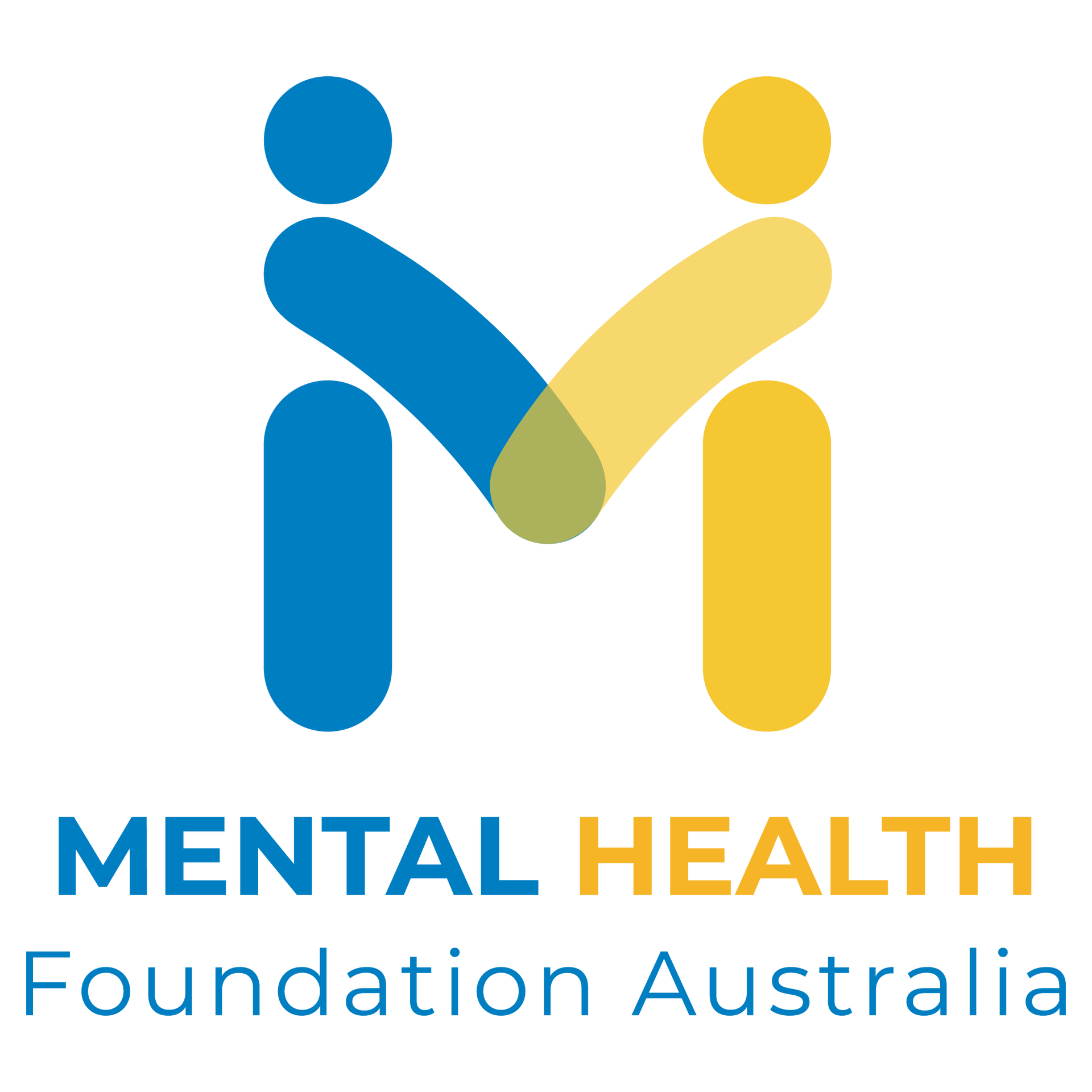Get in touch with us: (03) 8825 3500 / 1300 643 287
Beating the Winter Blues: Embracing Joy in the Chilly Season
Jun 20, 2023

As winter casts its icy spell upon us, it is not uncommon to experience a sense of melancholy and fatigue commonly known as the “winter blues.” The shorter days, longer nights, and colder temperatures can take a toll on our mood and our overall well-being.
Last year, I was deeply affected by the winter blues during my entire year-long experience of winter. In 2021, while in my home country, the chilliness began early in October and by the end of the month, winter had set in. Shortly after, in February 2022, I arrived in Melbourne, where the days were already becoming cold. The frigid Antarctic winds were completely new to me, and it was far from being a pleasant experience. To make matters worse, summer didn’t arrive in Melbourne until November, leaving me with a full year of winter. It was a truly challenging time, especially considering my fondness for the summer season. It was during that time that I found out about seasonal affective disorder (SAD) during winter, also known as winter depression or winter blues.
However, I refused to give up or succumb to the gloomy grip of the season. If you struggle with winter blues like me then luckily for us, there are several ways in which we can fight this and embrace the joys that this chilly season can offer.
Embrace Natural Light
With the days growing shorter, it’s crucial to maximize exposure to natural light. Open your curtains or blinds during the day to let in as much sunlight as possible. Very often, I would keep my blinds open even during the night so that I wake up to the beautiful sun shining right through my window. If feasible, take a walk outside during daylight hours to soak up some vitamin D and release some serotonin, which can significantly boost your mood and energy levels.
Stay Active
Another way I kept myself from succumbing to the gloomy days was by staying active. Physical activity is a proven mood booster and can help combat the winter blues very well. Engaging in regular exercise help release those feel-good endorphins, which can help alleviate symptoms of depression and anxiety. I started playing tennis last winter and it helped me so well in brightening my days. I even continued my yoga practice, and I often made my friends practice with me. It is such a simple way of fighting the winter blues by just finding an activity you enjoy, whether it is joining a gym, practising yoga, dancing, or simply taking brisk walks in the crisp winter air. Not only will exercise enhance our overall well-being, but it will also keep us warm and energized during the colder months. As the saying goes; two birds, one stone.
Don’t Forget to Socialise
Winter often tempts us to hibernate indoors, but this is something we must fight against. Isolation can worsen feelings of sadness and loneliness, which is why making a conscious effort to stay connected with loved ones will help us against these gloomy feelings. Plan social activities such as movie nights, game evenings, or hotpot dinners with friends and family. If physical gatherings are not possible, utilize technology to connect virtually. Regular social interactions can provide a much-needed boost to your emotional well-being and create lasting memories. Back in my hometown in Assam, we have this beautiful culture of going to picnics during the daylight hours and gathering around a bonfire after dark every single day with our friends and family. This is one of the reasons why winter never felt gloomy in Assam, social interactions and the amazing memories made winters absolutely beautiful.
Winter Activities
Furthermore, every season has distinct activities that cannot be enjoyed in other seasons. Likewise, winter too has heaps of unique opportunities for enjoyment. Embrace the charms of this chilly season by participating in winter activities. Go skiing, build snowmen, have a snowball fight, or go sledding. Additionally, do not forget to relish the pleasures of winter cuisine, such as sipping lots of hot chocolate by the fireplace or indulging in comforting soups and stews.
While winter blues may seem inevitable, it is important to remember that we have the power to overcome them and find joy even during the coldest months. By embracing natural light, staying active, nurturing social connections, and embracing winter activities, you can transform the winter season into a time of warmth, happiness, and rejuvenation. So, let us say goodbye to the winter blues and welcome the beauty and wonder that this beautiful season brings.
Remember that winters might not be easy, but we can make it worth it.
Blog by: Priya Saikia
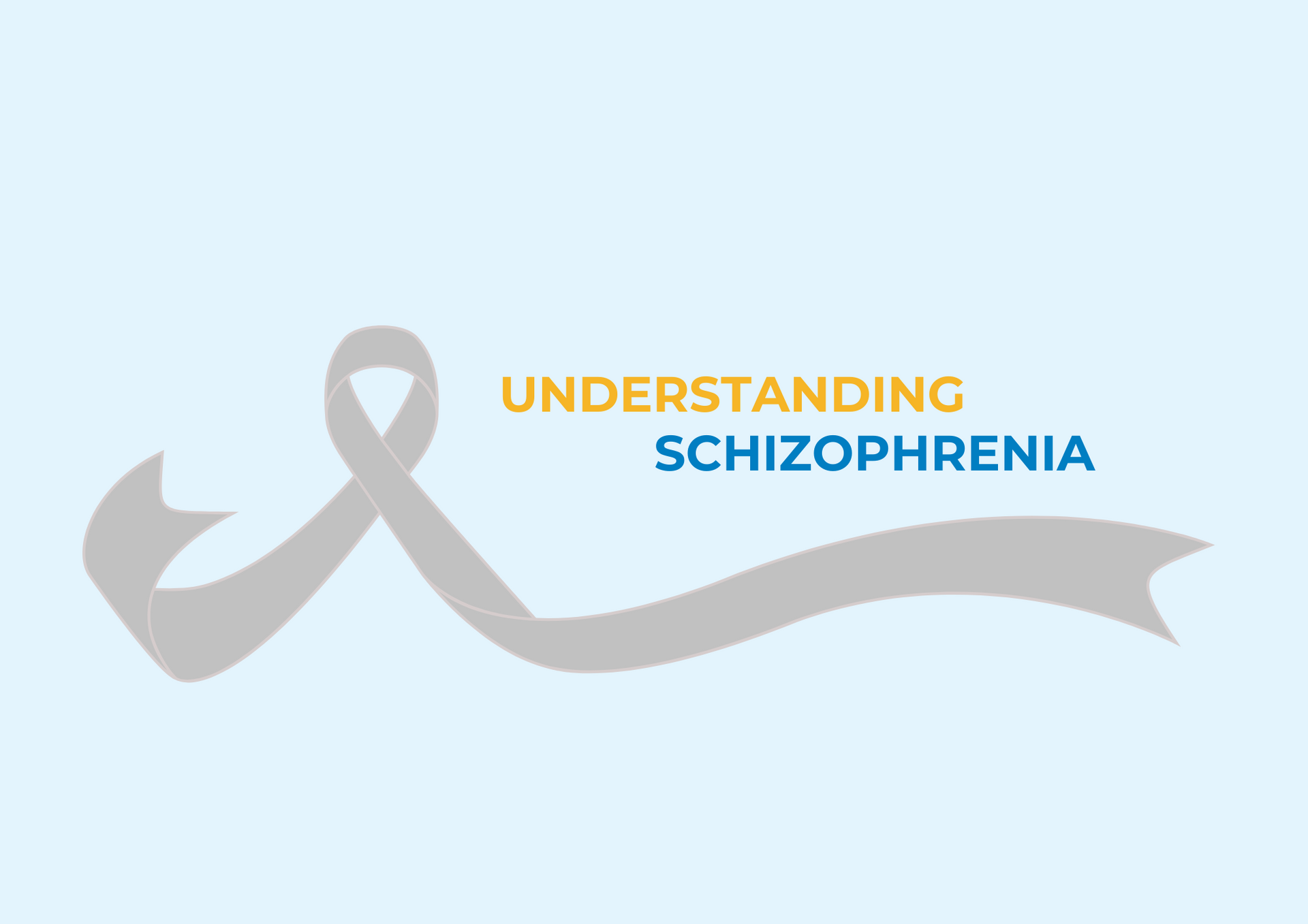
17 May, 2024
What is schizophrenia? Schizophrenia is a mental health condition that alters one's perception of reality, often leading to disorganised thinking, delusions and hallucinations such as hearing voices. Approximately 1 in every 100 Australians are affected by schizophrenia. Typically, schizophrenia emerges during late adolescence, teens or early adulthood, but it can also start later in life. Schizophrenia is generally more common in men than women with men tending to present symptoms earlier. What are some of the risk factors? In early life, some of the risk factors can be attributed to: Genetic vulnerability – family history of psychotic disorder Birth or pregnancy complications Developmental delay Traumatic experiences (e.g. abuse or neglect) Whereas in late childhood or adolescence, risk factors such those listed below can impact on a young Australians mental health. Substance use Psychosocial stress Migration Cognitive impairments Mild psychotic symptoms Symptoms: T he symptoms of schizophrenia are categorised into two types of symptoms: positive and negative. Positive symptoms reflect an excess or a distortion of normal functions in the form of delusion, hallucinations, and disorganised behaviour. On the other hand, negative symptoms refers to a diminution or an absence of normal behaviour related to motivations and interests or expressions (Correll and Schooler 2020). Some positive symptoms include but are not limited to: Positive symptoms refer to extra experiences that go beyond normal perceptions and indicate psychosis. Psychosis – psychosis is a primary symptom of schizophrenia and is characterised by a loss of touch with reality. During a psychotic episode, individuals struggle to distinguish between what is real or not. Delusions and hallucinations are two key symptoms associated with psychosis. Delusions – delusions refer to having abnormal or unfounded beliefs that may or not align with reality such as delusions of persecution, guilt or grandiosity. Hallucinations – hallucinations involve perceiving sensory experiences - such as hearing, seeing, tasting, feeling or smelling - that are not actually present but are perceived to be real. Negative symptoms Disorganised speech Trouble with thinking Lack of emotion and motivation What causes schizophrenia? The exact causes of schizophrenia are currently unknown. Currently, research suggests that while the general population has a 1 in 500 chance of developing schizophrenia, individuals with a family member affected by the disorder face a significantly higher risk, with a 1 in 10 chance. However, there isn't a single gene responsible for schizophrenia. A combination of genes likely contributes to susceptibility, and additional factors may play a role, as evidenced by cases where individuals without a family history still develop the disorder. Although, factors such as stress, substance use, trauma and prenatal malnutrition can also heighten the risk of developing schizophrenia. Some of treatments that can help with schizophrenia include: Treatment for schizophrenia typically involves a combination of medication, therapy, and support services tailored to individual needs. Medications - Antipsychotic medications can help with the psychotic (positive) symptoms of schizophrenia such as hallucinations, delusions, and disordered thinking. These medications work by targeting neurotransmitter imbalances in the brain, helping to alleviate symptoms and prevent relapses. Therapy - Therapy, which can include CBT, is an important part of treatment. Cognitive-Behavioral therapy (CBT) can help individuals manage symptoms, cope with stressors, and improve social functioning. Family support - It’s important that family members learn about schizophrenia and how to support their loved one. Family therapy may also be beneficial, involving loved ones in the treatment process to enhance support networks and improve communication. Social support - Similar to psychosis, people with schizophrenia can benefit from social support services. Psychosocial interventions, such as vocational training, housing assistance, and peer support groups, aim to address various aspects of daily living affected by schizophrenia and promote recovery. References Correll C U and Schooler N R (2020) Negative Symptoms in Schizophrenia: A Review and Clinical Guide for Recognition, Assessment, and Treatment. Neuropsychiatric disease and treatment, 16, 519–534. https://doi.org/10.2147/NDT.S225643 By Bella Korotcoff and Julia Tsang
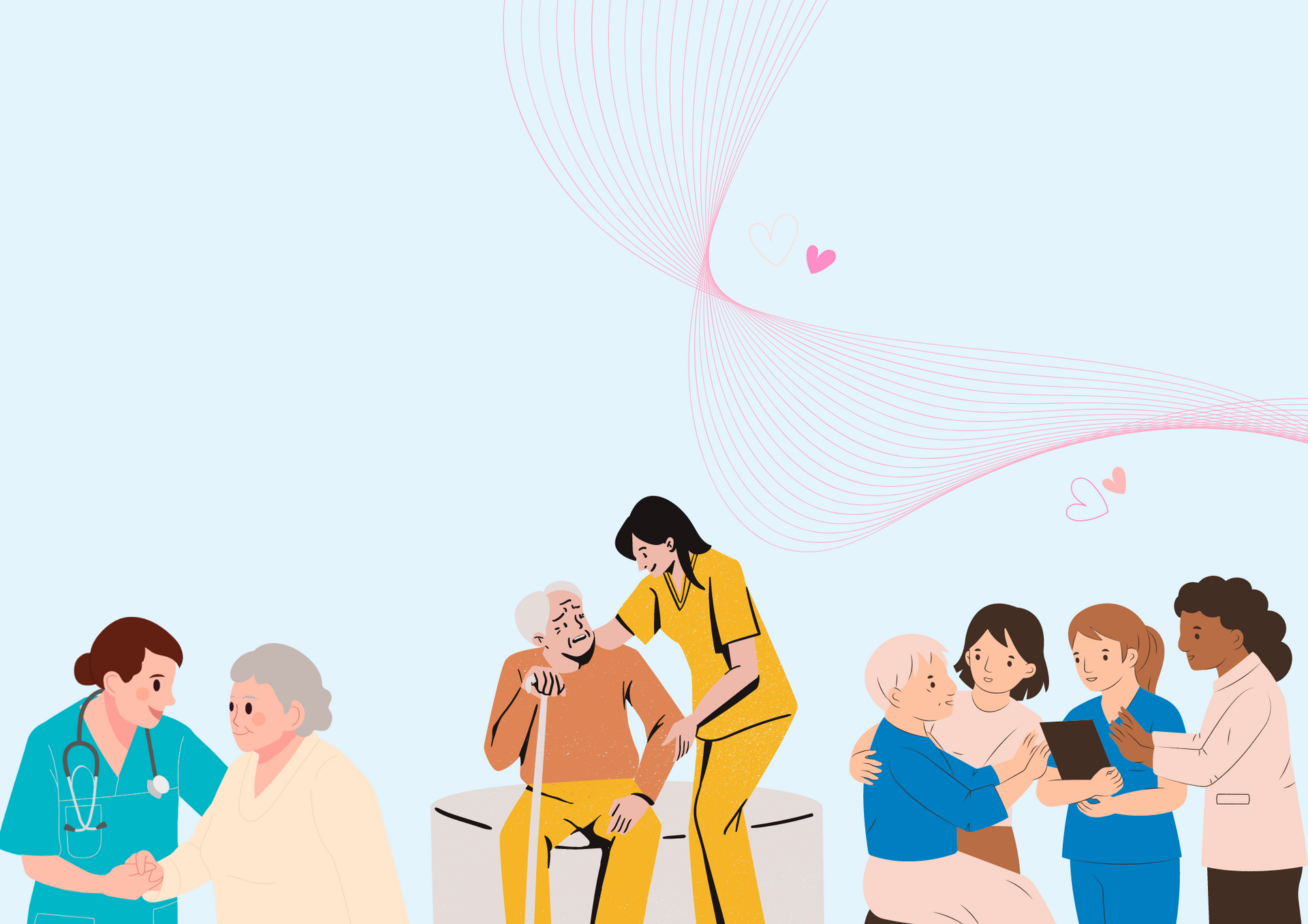
By Nithya Viswanathan
•
10 May, 2024
After her friend died, Vicki says she continued to ‘jump into action’ every time someone close to her needed help. That’s when she confessed to compassion fatigue. She felt “weighed down, tired and sad”, she said after taking care of so many loved ones.” “Finally, she rightfully asked herself, “How much more could I do without getting even more tired and sad?”.
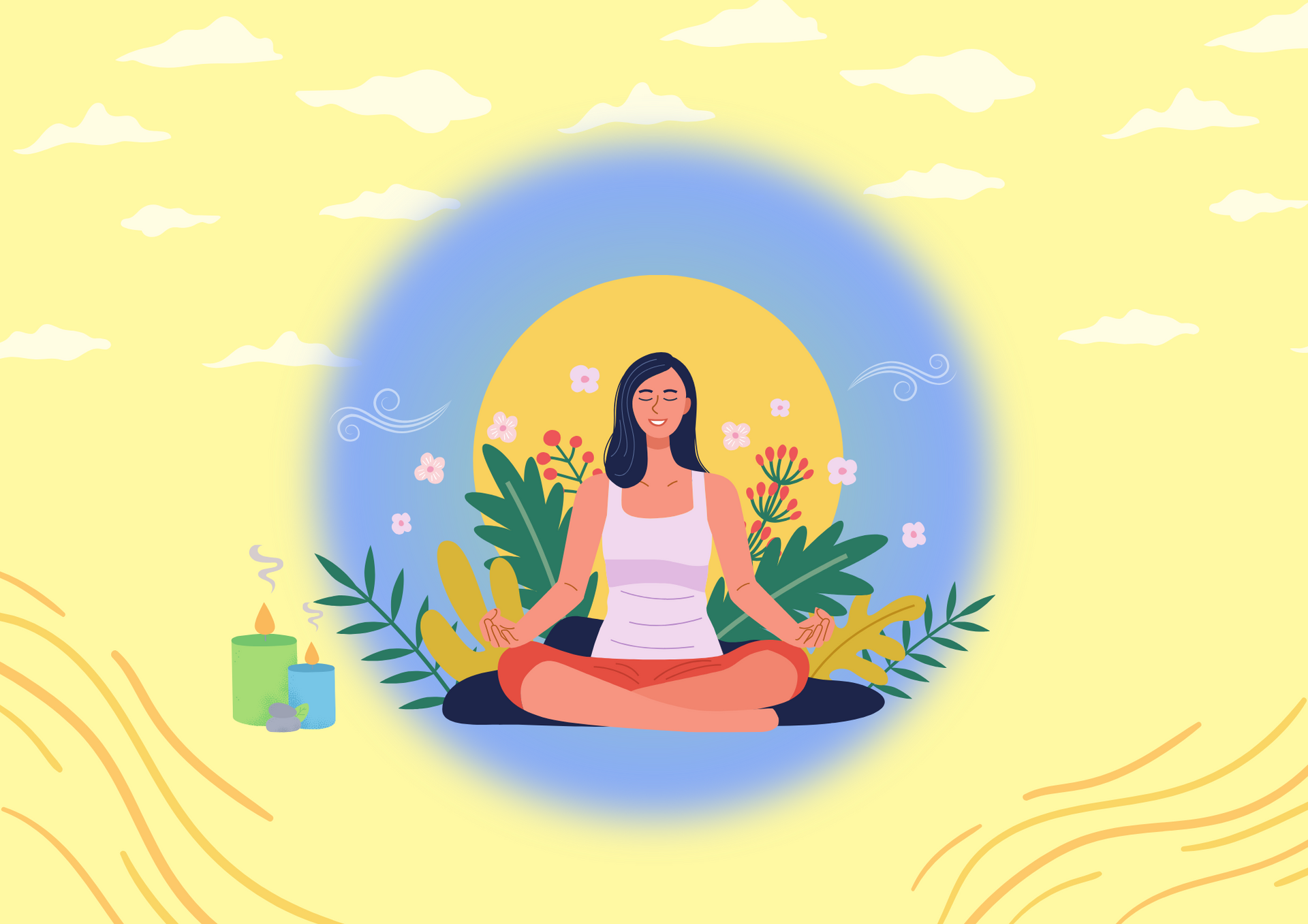
07 Apr, 2024
The mind-body connection is the interconnection between your mental and physical well-being. It is a two-way relationship where the mind influences the body; the body influences the mind. For example, we were all told how physical exercise reduces symptoms of depression and anxiety. The reason behind that is that the brain releases chemicals (endorphins and serotonin) known to improve the mood and reduce stress.
By strengthening the connection between the mind and body through a holistic perspective, you can start prioritising your health.
About
Programs
Get Involved
News

The Mental Health Foundation Australia acknowledges the traditional owners of country throughout Australia and their continuing connection to land, sea and community. We pay our respects to them and their cultures and to their elders both past and present.
© 2024
All Rights Reserved | Mental Health Foundation Australia | Registered PBI with ACNC. Charity ABN 81 006 003 363
